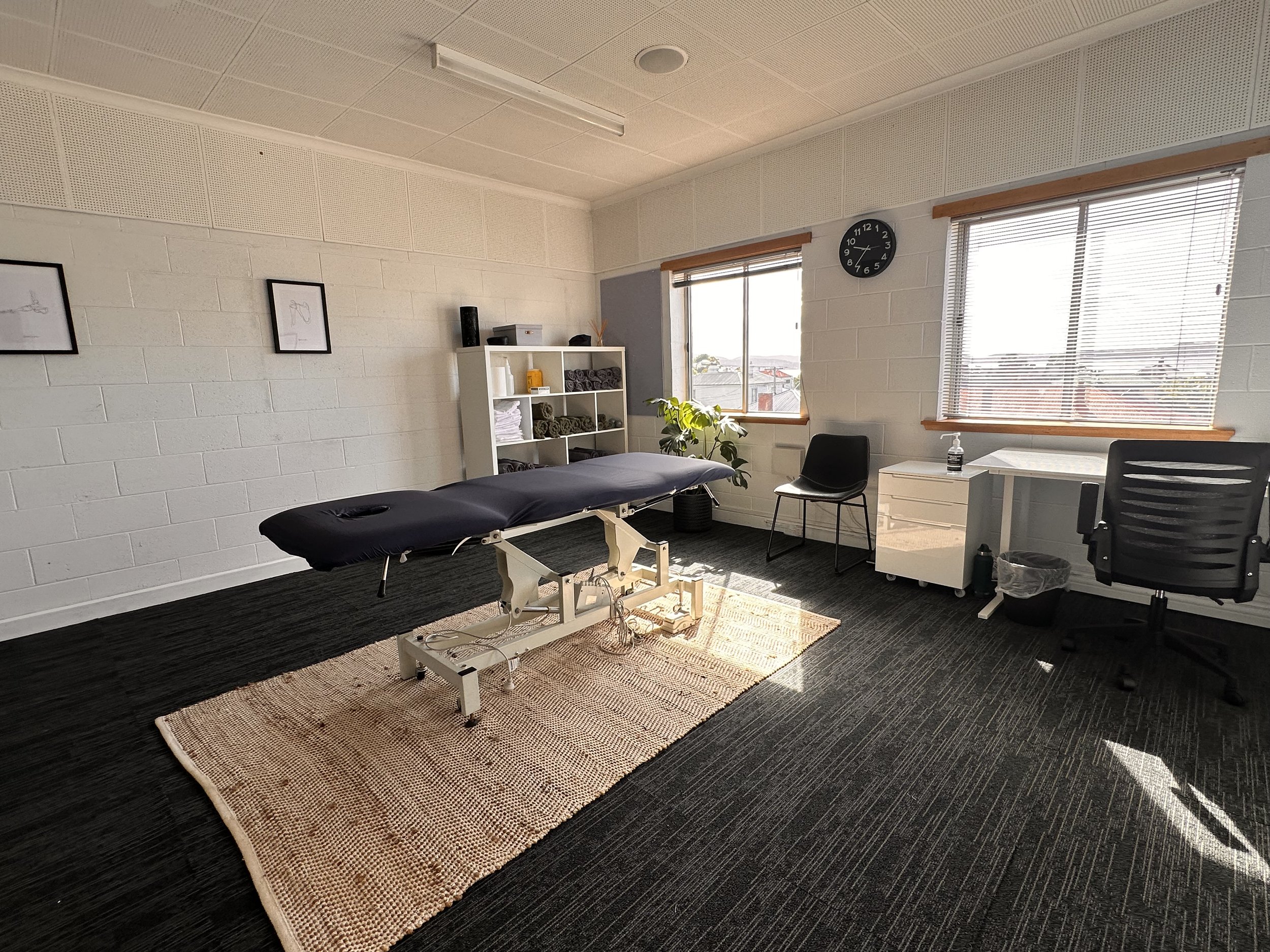Frequently asked questions
-
Allow about an hour for your first session.
Case history and assessment
During your initial consultation, your osteopath will take a detailed history of your injury or health concerns. Some of this may have been gathered in advance via our online forms.
This will cover your medical history, any illnesses, medications you are currently taking, your lifestyle and other factors that may be relevant to your issue. This will provide a detailed picture of how your osteopath can help. They will inform you if a referral to another health professional is necessary.
Physical examination
Your osteopath may carry out some clinical tests to assess movement, functional capacity and pain interference These may include diagnostic, orthopaedic, or neurological tests, or movement and postural assessments, which will help them to assess and diagnose your condition and how best to manage your condition.
Diagnosis and treatment
Your osteopath will explain what is going on and talk with you about your condition . They will discuss the treatment options with you. They may wish to refer you for further tests, such as X-rays, to assist the findings. If you wish to proceed with treatment, we will advice you of the most appropriate treatment for your presentation. After treatment, your osteopath will recheck your movement and may suggest follow-up exercises, activity, or ergonomic advice.
Treatment plan
Your osteopath will discuss your treatment plan and set some goals with you to manage your condition.
-
As registered primary health care professioanls, you do not need a referral to see an osteopath. However, if you wish to see an osteopath for an MAIB, Workers Compensation, EPC or DVA appointment, you will require a GP referral.
-
Osteopathy is usually covered under ‘extras’ and you can claim a partial rebate through your health fund, if you have one. The rebate varies between health funds and policies. Please check with your health fund to find out what your gap payment would be.
-
Generally there isn’t a Medicare rebate for osteopathy. However, you may be eligible for an Enhanced Primary Care plan through your GP, if you have an ongoing chronic condition. Speak to your GP to see if you are eligible.
-
Depending on your comfort level, you might want to wear shorts, stretchy or loose clothing to allow for assessment and treatment. Towels are provided for your comfort. We are always happy to work with however you feel most comfortable and can work through clothes if required.
-
I get asked this all the time. Essentially we are all allied health professionals that treat musculo-skelatal conditions and aim to improve your pain and mobility. There is a lot of crossover between the disciplines in that we:
are all university qualified
may all use manual therapy and prescribe exercise
all must be registered under the Australian Health Practitioner Regulation Agency (AHPRA) to practice
There may also be quite a lot of variation between practitioners within each field.
Osteopathy
Very simply, osteopaths take a holistic approach to diagnose the root cause of your pain by considering your body, movement, discomfort, injuries, health, and lifestyle. They take time to listen and understand your concerns.
Osteopathic treatment is individualised and may include manual therapy, massage, stretching, mobilisation, manipulation, dry needling, and exercise prescription. The hands-on profession focuses on the whole person, treating multiple areas to address pain and its interconnected causes.
Osteopaths discuss activities that may increase your pain and consider these factors to develop a personalised treatment plan, empowering you to play an active role in your recovery.
In Australia, osteopaths generally practice privately.
Chiropractors
Chiropractors treat conditions that affect your muscles and bones (musculoskeletal system).
Chiropractors use therapies such as manipulation and massage to treat and prevent musculoskeletal problems, as well as offer lifestyle advice and guidance on ergonomics and movement.
They may work by addressing the alignment of your spine.
Chiropractors generally practice privately.
Physiotherapy
Physiotherapy uses physical techniques to help treat conditions and injuries. They may provide hands on treatment and rehabilitative exercises. They may work in: hospitals, community health centres, aged care facilities, sports organisations, disability services, rehabilitation clinics and occupational health.
-
Osteopathy is a gentle hands on manual therapy that may help with a number of musculo-skelatel condtions, including back and neck pain. Osteopaths provide individual treatment and management plans to help you manage your pain and injury throughout your life by promoting active living and ageing. Evidence suggests that manual therapy, either alone or in combination with exercises and keeping active*, dry needling therapy, or GP care, may provide some relief from short term (acute) or long term (chronic) back pain **
If you are unsure if osteopathy is right for you, please get in touch with us.
* Low Back Pain Clinical Care Standard (2022)
** Osteopathy Australia (2025)


